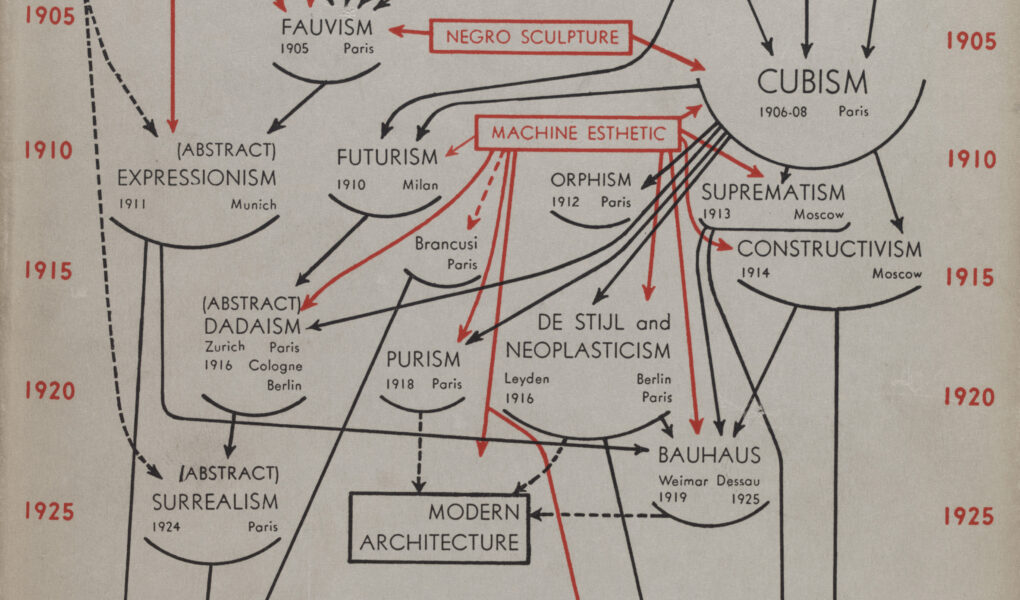When we look back on this time of the pandemic, it may be the confusion that we remember the most. We have been bombarded by tabulations of misery, but columns of data tell us nothing about the virus’s specific mechanics of travel — the real routes of contact that have enabled its nox-ious spread. As in pandemics past, the afflicted often struggle to understand how they got it, and from whom. Amid the staggering losses, this indiscernible causality overwhelms.
It is a network of invisible gifts: infections bestowed by friends and family upon one another, and stranger to stranger. We visualize it in blooms on the map; it just seems to appear, moving around the country like the ebb and flow of weather systems (fig. 1). During this year of fearing what others may have given us, many have also raged about what they feel has been taken from them. With the same viral stealth, a different malevolent fog has spread and settled itself into the minds of what, by some counts, now amounts to about a quarter of the country.
This essay was edited by Stephanie Snyder, John and Anne Hauberg Curator and Director, Douglas F. Cooley Memorial Art Gallery, Reed College, and appeared in FIGURING, a publication of The Ford Family Foundation. The annual arts journal (shifting title as it progresses) is part of the program element CRITICAL CONVERSATIONS, led by the University of Oregon with partners Portland State University, The Cooley Gallery, Reed College; and PNCA at Willamette University.
The inaugural publication is dedicated to notions of “figuring,” that is, the processing of a moment to inform a position from which to act, the presentation of a form, or expression of a body. By holding space for both indeterminacy and latent form, Figuring conjures histories and possible futures, lived experiences, and propositions for ways that ethereal matter might exist concretely or be allowed to endure as defined by its own logic.
